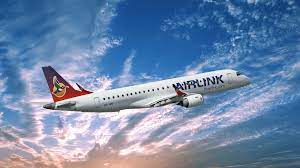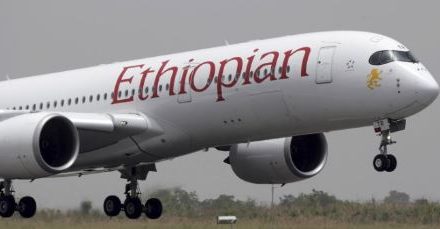
African airlines load factor rises but lags other regions

Geneva – The International Air Transport Association (IATA) released May 2023 traffic data showing continued strong growth in air travel demand.
Total traffic in May 2023 (measured in revenue passenger kilometers or RPKs) rose 39.1% compared to May 2022. Globally, traffic is now at 96.1% of May 2019 (pre-pandemic) levels.
Domestic traffic for May rose 36.4% compared to a year ago. Total May 2023 domestic traffic was 5.3% above the May 2019 level. This is the second month in a row domestic traffic has exceeded pre-pandemic levels.
International traffic climbed 40.9% versus May 2022 with all markets recording strong growth, led once again by carriers in the Asia-Pacific region. International RPKs reached 90.8% of May 2019 levels, with Middle East and North American airlines exceeding pre-pandemic levels.
The total industry load factor rose to 81.8%, led by North American carriers at 86.3%.
“We saw more good news in May. Planes were full, with the average load factors reaching 81.8%. Domestic markets reported growth on pre-pandemic levels. And, heading into the busy Northern summer travel season, international demand reached 90.8% of pre-pandemic levels,” said Willie Walsh, IATA’s Director General.
African airlines’ traffic rose 45.2% in May 2023 versus a year ago. May capacity was up 44.2% and the load factor edged up 0.5 percentage points to 68.8%, the lowest among the regions.
“People need and love to fly. The strong demand for travel is one element supporting a return to profitability by airlines. In 2023 we expect airlines globally to post a US$9.8 billion net profit. It’s an impressive number, particularly after huge pandemic losses. But a 1.2% average net profit margin is just US$2.25 per departing passenger. As a return, that is not sustainable in the long-term,” Walsh explained.
“Moreover, it appears that, while the pandemic has changed many things in aviation, it has not righted aviation’s famously unbalanced value chain. The latest indication came last week as European airports announced a EUR6.4 billion (US$7 billion) collective profit in 2022. In comparison, IATA estimates that European airlines made a US$4.1 billion profit for the same year. We don’t begrudge any business hard-earned profits. But this does raise an interesting question. Is airport economic regulation effectively defending the public interest when a monopoly supplier (airports) can generate seemingly much healthier returns than the competitive businesses (airlines) they supply? Governments should at least take a look,” said Walsh.
The International Air Transport Association represents some 300 airlines comprising 83% of global air traffic.













































